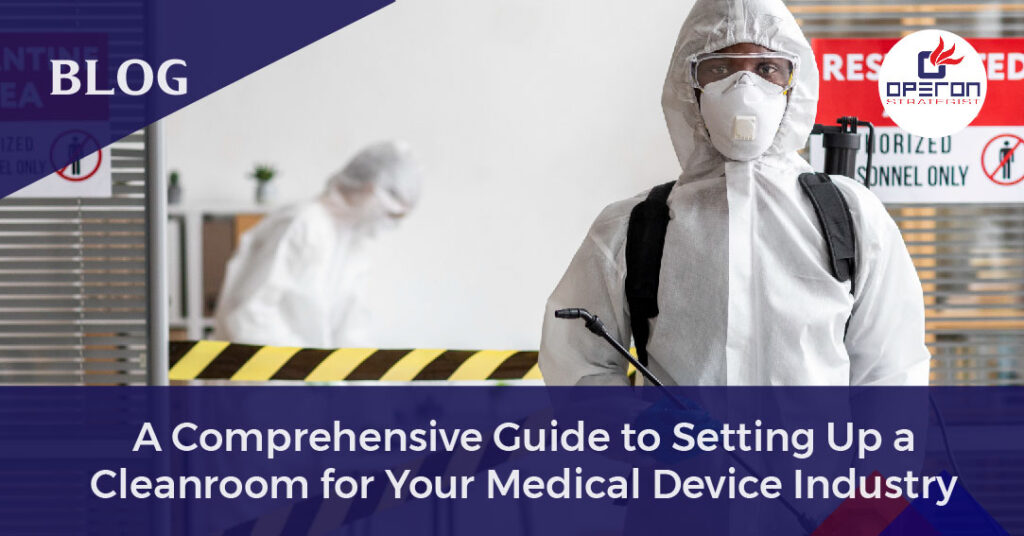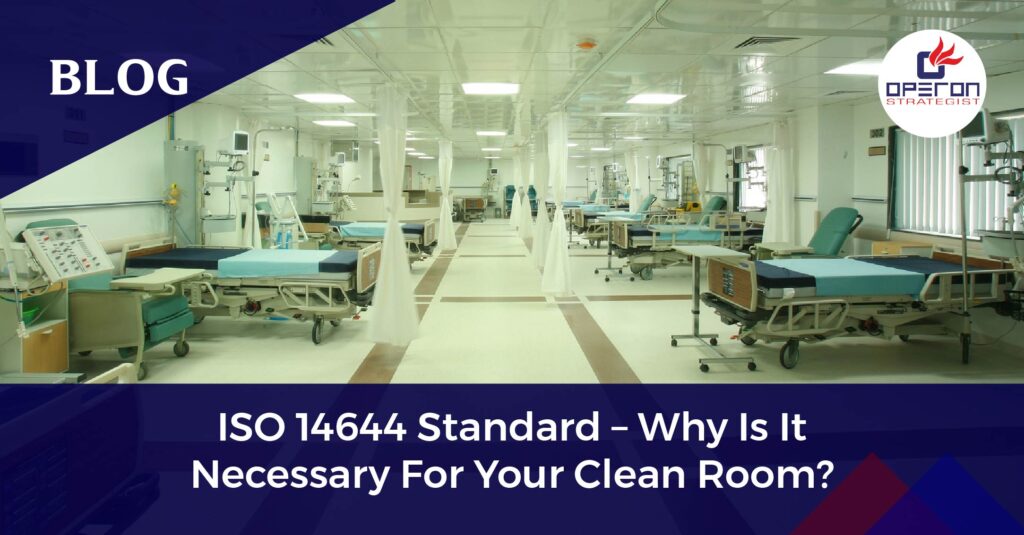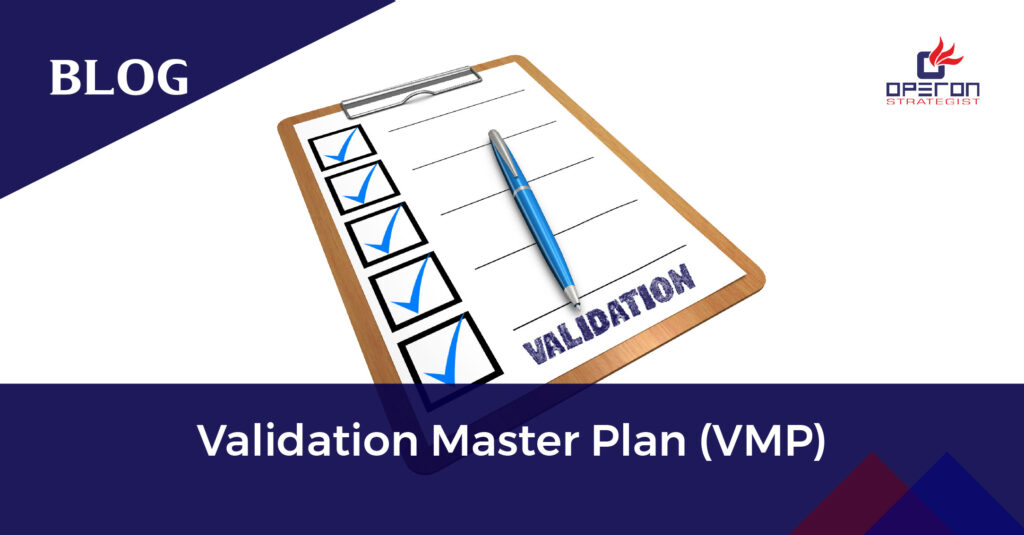Introduction to Cleanroom Setup for Medical Device Industry:
In the medical device industry, ensuring the highest standards of cleanliness and product sterility is paramount to producing safe and effective products. This is where cleanrooms play a crucial role. Cleanrooms are controlled environments designed to eliminate airborne contaminants, providing an atmosphere for sterile setting for manufacturing medical devices. Setting up a cleanroom requires careful planning, adherence to regulations, and implementation of best practices. In this comprehensive guide, we’ll walk you through the essential steps and considerations involved in establishing a cleanroom for your medical device industry.
You can also check our service page on the clean room design for medical devices for more details.
Looking for Medical Device Regulatory Consultant?
Let’s have a word about your next project
Essential Steps and Considarations Involved in Establishing a Cleanroom
Determine Cleanliness Requirements:
- Identify the specific cleanliness level required for your cleanroom based on the products being manufactured or assembled.
- Refer to industry standards such as ISO 14644 for classification guidelines, which categorize cleanrooms based on particle concentration.
Select Suitable Location:
- Choose a location for the cleanroom that is isolated from potential sources of contamination such as windows, doors, and HVAC systems.
- Ensure the selected location has adequate space and access to power for equipment and personnel.
Install Air Filtration System:
- Implement an effective air filtration system to maintain a controlled air supply within the cleanroom.
- Utilize HEPA or ULPA filters to remove airborne particles and maintain cleanliness standards.
Establish Control Area:
- Set up a designated control area outside the cleanroom where personnel can gown up and prepare for entry.
- Equip the control area with facilities for hand-washing, sanitizing, and storing personal items.
Develop Protocols:
- Develop clear protocols and procedures for personnel and equipment entering and exiting the cleanroom.
- Define gowning, decontamination, and cleaning protocols to ensure compliance with cleanliness standards.
Understand Cleanroom Standards:
- Familiarize yourself with industry standards and regulations governing cleanroom design and operation, such as ISO 14644 and USP <797>.
- Stay updated on any changes or revisions to standards to ensure ongoing compliance.
Design and validate Cleanroom Components:
- Pay attention to critical components such as airflow patterns, pressurization, HVAC systems, and suitable materials and furniture.
- Design the cleanroom layout to optimize workflow and minimize the risk of contamination.
- Conduct validation of clean room as per desired classification and requirements by preparing the protocols and test reports before initiating manufacturing process.
Implement Best Practices:
- Enforce best practices to minimize contamination, including maintaining personal hygiene, using designated entrances, and conducting regular risk assessments.
- Train personnel on cleanroom protocols and procedures to ensure adherence to cleanliness standards.
Address Auditor Challenges:
- Be prepared to justify cleanroom specifications to auditors by providing validation reports and evidence of compliance with relevant standards.
- Maintain thorough documentation of cleanroom processes and procedures to facilitate audits and inspections.
Seek Assistance:
- Consider partnering with cleanroom design and service providers for guidance and support throughout the setup process.
- Utilize resources such as industry associations, online forums, and networking events to connect with experts and peers in the field.
Conclusion:
Setting up a cleanroom for the medical device industry requires meticulous planning, adherence to regulations, and implementation of best practices. By following the steps outlined in this guide and staying informed about industry standards, you can establish a cleanroom that meets the highest standards of cleanliness and sterility. Investing in a well-designed and maintained cleanroom is essential for ensuring the quality and safety of medical devices produced within your facility.
Elevate Safety and Compliance in Your Medical Device Manufacturing With Our Cleanroom Solutions
Transform Your Medical Device Manufacturing Facility with Our Expert Cleanroom Solutions
Are you ready to elevate your medical device manufacturing facility with a state-of-the-art cleanroom? Operon Strategist is here to guide you every step of the way. From initial assessment to final implementation, our team of experts will ensure that your cleanroom meets the highest standards of cleanliness and sterility, keeping your products safe and compliant. Contact us today to embark on the journey towards a pristine manufacturing environment that guarantees the quality and safety of your medical devices.

-
Operon Strategisthttps://operonstrategist.com/author/snehal/
-
Operon Strategisthttps://operonstrategist.com/author/snehal/
-
Operon Strategisthttps://operonstrategist.com/author/snehal/
-
Operon Strategisthttps://operonstrategist.com/author/snehal/




